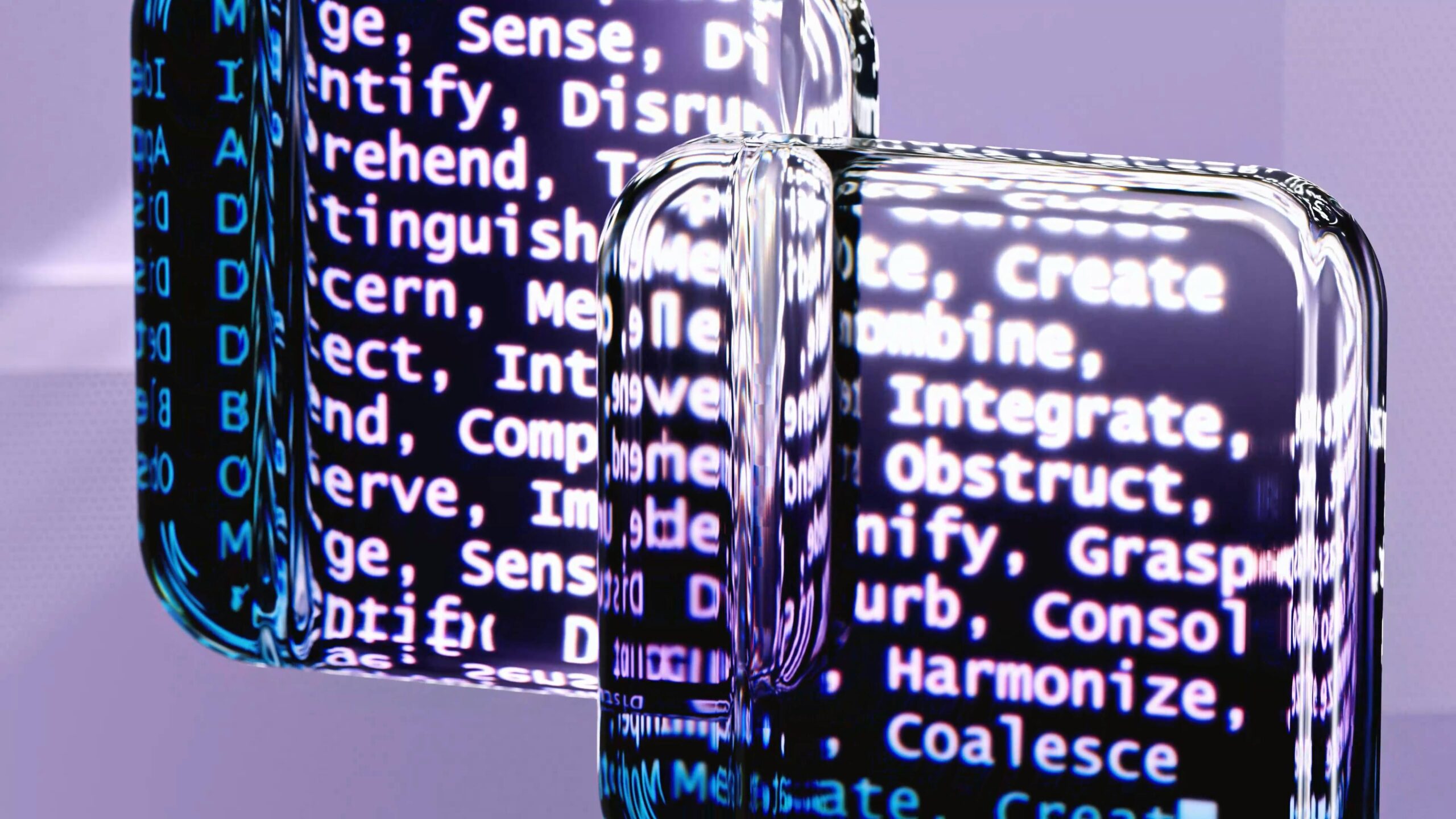When different URLs lead to essentially the same content, search engines see duplicate content. Duplicate content can dilute your rankings and waste crawl budget, even if it won’t get you penalized. Instead, Google will pick one “preferred” version to index, possibly ignoring or splitting signals on the others. This is why canonicalization is critical: it tells Google which URL is the master copy, so all SEO value (links, relevance) accrues there.

What Is rel="canonical"?
The canonical tag is a piece of HTML you place in the <head> of a page: <link rel=”canonical” href=”https://www.example.com/preferred-page” />. This is a strong hint to search engines that the specified URL is the preferred version among duplicates. Google treats it as a consolidation command: it will combine ranking signals (like backlinks) from the duplicate pages into the canonical one. In short, canonicalization prevents split authority: for example, if two pages with the same text inadvertently exist (say /page and /page?ref=twitter), setting /page as canonical ensures all links benefit that one.
Common scenarios requiring canonicalization include:
- WWW vs non-WWW or HTTP vs HTTPS: If your site is accessible at both http://www.example.com and http://example.com (or https versions), pick one to use consistently. The others should 301-redirect or canonicalize to it.
- Parameterized URLs: Pages that show the same content under different query parameters (e.g. a product page that filters by sort order or tracking tags) should canonically point to the main clean URL.
- Duplicate content across pages: Sometimes a page might appear under multiple categories (e.g. news articles on multiple section pages). In that case, pick the “primary” location as canonical.
- Mobile vs Desktop (if separate URLs): If you have separate m-dot URLs (e.g. m.example.com), use canonical on the mobile page pointing to the desktop URL (or vice versa, depending on your primary design).
Without canonical tags, Google will try to choose on its own. In many cases it does well, but it might pick the “wrong” version or split link juice. More dangerously, if you have many very similar URLs, Googlebot may index fewer pages and waste crawl budget on duplicates. In fact, many proponents note that if “you make Googlebot work too hard crawling duplicate pages, you may exhaust your crawl budget, delaying crawling of unduplicated pages”. Thus, canonical tags not only consolidate signals but also help Google use its time on fresh content.
Implementing Canonical Tags
Best practices for using rel=canonical:
- Self-referencing canonicals: Every page should ideally have a canonical tag, even if it points to itself. A self-referencing canonical explicitly tells Google that this exact URL is the definitive one for that content. This guards against unintended duplication (e.g. if the page can be accessed by multiple URLs). Many CMS platforms automatically insert a self-canonical tag.
- Use absolute URLs: Specify the full canonical URL including protocol (https) and subdomain. Google’s SEO team warns that canonical tags should use absolute paths, not relative paths. For example, use <link rel=”canonical” href=”https://www.example.com/page.html”> rather than href=”/page.html”.
- Place in <head>: The canonical tag must be in the HTML head, not in the body. Google explicitly notes placing it in the body is a mistake. It should appear early in the <head> section so Google can read it quickly.
- One canonical per page: Each page should have at most one canonical tag. Never specify multiple canonicals (e.g. one in HTML, another in an HTTP header). If conflicting signals are given, Google might ignore them.
- Valid target: The canonical URL must be a valid page that Google can crawl (not blocked by robots or returning a 4xx/5xx). Don’t canonicalize to a page with a noindex tag, since Google will then drop that page entirely. Also, ensure the canonical and the duplicate share most of the content: Google expects the canonical page to have “a large portion of the duplicate’s content.”
- Consistency: Be consistent in your choice. If you canonicalize example.com to www.example.com on one page, do the same site-wide. Mixing domains or protocols in canonicals can confuse crawlers. If your CMS or plugins auto-generate canonical tags, double-check they match your SEO plan (CMS settings or plugins sometimes make odd choices).
For example, if you have a blog post accessible at both https://www.example.com/blog/post and https://example.com/blog/post, you should 301-redirect one to the other and ensure the final page’s HTML has a canonical pointing to itself. If product filter pages exist like /product?id=123&color=red, canonically point them to /product?id=123 (assuming it’s the one with full content).
Common Mistakes to Avoid
Canonicalization is powerful but easy to mess up. Common pitfalls include:
- Incorrect URL (relative vs absolute): As noted, using relative URLs can break canonicals. Google’s webmaster blog warns that relative URLs in the canonical tag are a common error. Always use the full domain and protocol.
- Multiple or unintended declarations: Only one canonical tag should exist. Two tags (even if identical) or unexpected tags (generated by a plugin) can cause issues.
- Pointing to the wrong page: Don’t canonicalize pages with different content. For example, a category page should not canonicalize to a featured article – each deserves its own listing in search. Similarly, don’t canonicalize a paginated series all to page 1 (if you have content split over pages).
- Canonical in the body: Ensure the tag is in <head>. Google explicitly says placing rel=canonical in the <body> is wrong and often ignored.
- Noindex vs Canonical misuse: Some owners try to “combine” canonicals with noindex or use robots.txt instead of canonical. Google advises not to use noindex as a workaround for canonicalization. A noindexed page is simply removed from search, whereas a canonical tag merges signals. Also, don’t put canonical rules in robots.txt or rely solely on sitemaps for canonicals – use the HTML tag itself.
- Not updating when moving domains: If you change domains (say migrating from example.com to newdomain.com), update canonicals accordingly. Google’s docs on site moves recommend setting canonicals to the new URLs and using redirects.
By avoiding these mistakes, canonical tags will work as intended. In summary, the canonical tag tells Google which URL to index, consolidating all SEO properties for that content. This ensures that you won’t be penalized for duplicate content and that your link equity isn’t split. For detailed steps on checking your implementation, see our Duplicate Content Checklist.
By rigorously applying HTTPS, managing crawl budget, structuring your site thoughtfully, and using canonical tags properly, you ensure your website’s technical foundation is rock-solid. These practices collectively help search engines crawl and index your site efficiently, boost user trust, and prevent needless dilution of SEO value. Implement them as part of your SEO strategy to support scalable growth and sustainable visibility online.

Contact Us
Reach out to us to see how we can help make your business goals a reality!
